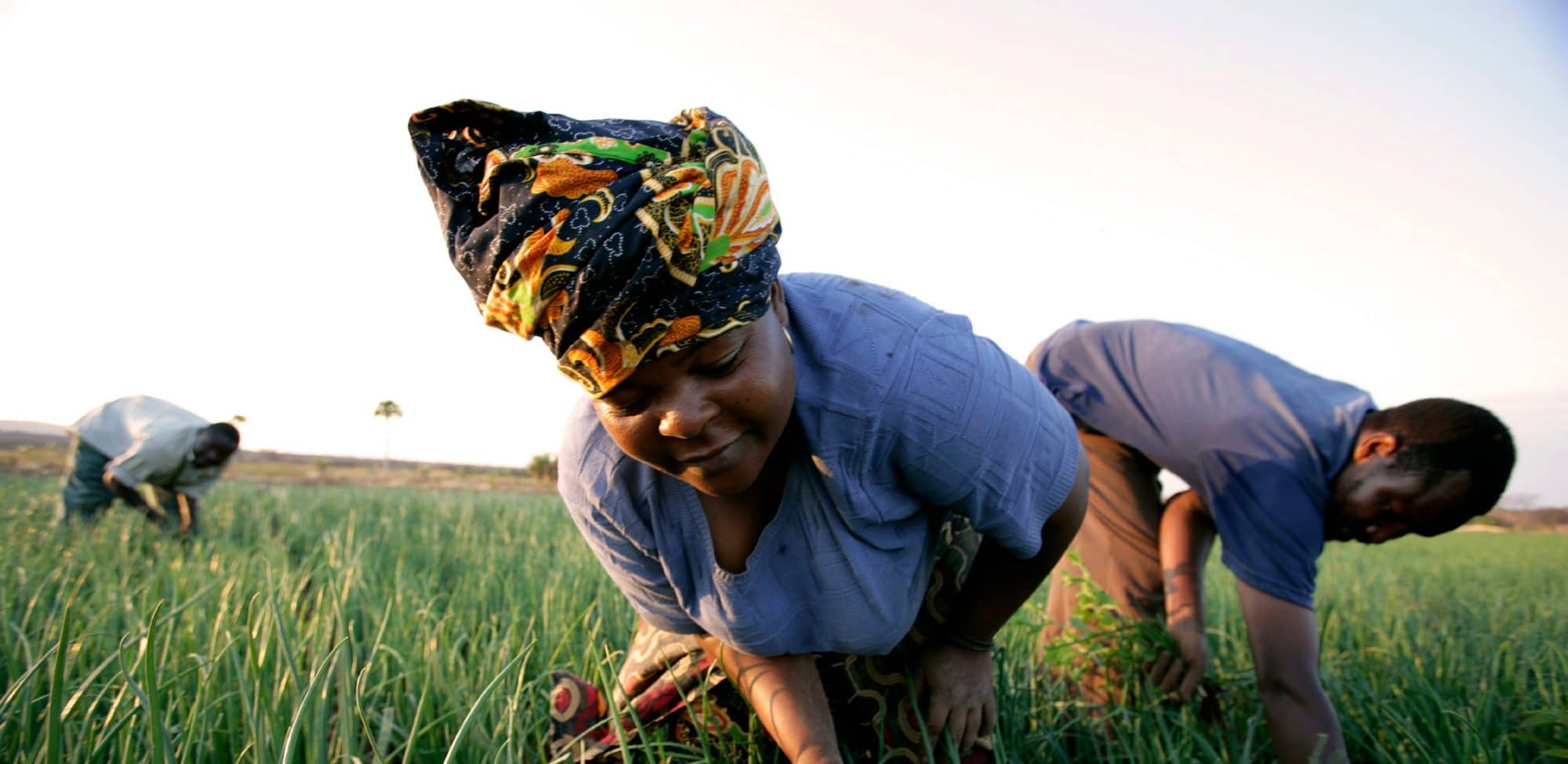UNEP Adaptation Gap report: CARE response
On Thursday November 4th at COP26, UNEP released its 6th Adaptation Gap report.
The report found that estimated adaptation costs in developing countries are five to ten times greater than current public adaptation finance flows, and the adaptation finance gap is widening.
John Nordbo, Senior Climate Advisor, CARE International, said:
The critical thing is that there’s no sign of how we’re going to close this vast adaptation finance gap. The UNEP report points to a fundamental flaw in the so-called Delivery Plan for the 100bn$ climate finance goal published by developed countries last week. The Delivery Plan does not put forward any figures for increased climate finance for adaptation, and rich countries do not provide any date for a 50/50 split between finance for adaptation and mitigation as committed in the Paris Agreement. Marginalized communities are already suffering because they cannot keep up with the speed and severity of climate impacts, and this is only going to get worse. We must see a COP26 decision about climate finance that puts an end to the blah-blah-blah from developed countries on finance for climate adaptation, and puts people first by providing a clear way forward.
Chikondi Chabvuta, Southern Africa Advocacy Lead, CARE Malawi said:
If the adaptation finance gap continues to widen, we will end up leaving people behind. These communities are already marginalized; adaptation finance has to be stepped up and accessible to those who need it. This means getting rid of administrative barriers and supporting women and men living in poverty with access to resources and decision-making processes. It’s a positive signal that, according to the report, gender considerations and climate change adaptation are more embedded in policy and planning, but all governments should be ensuring that adaptation and consideration of impacted communities are core to their long-term climate change strategies.
